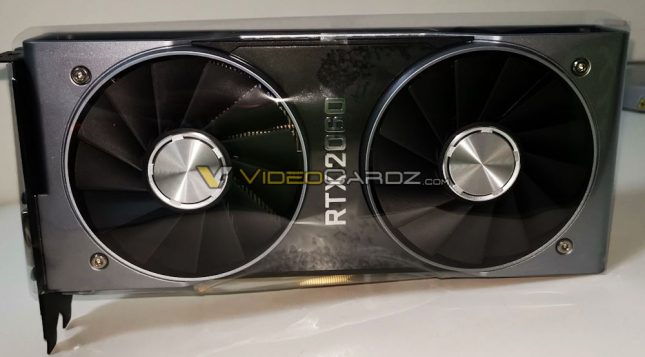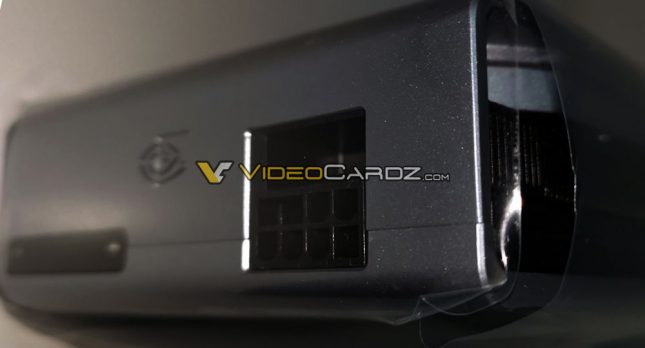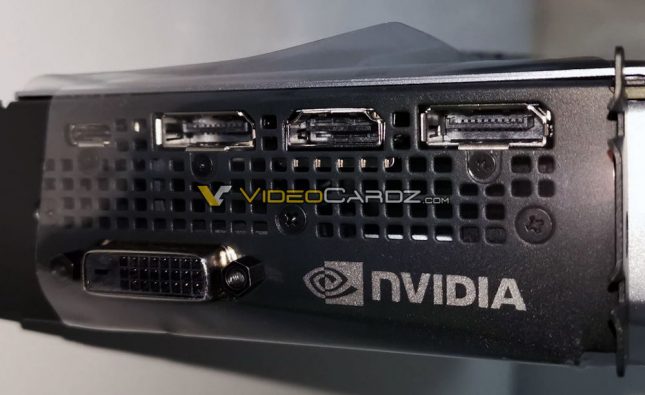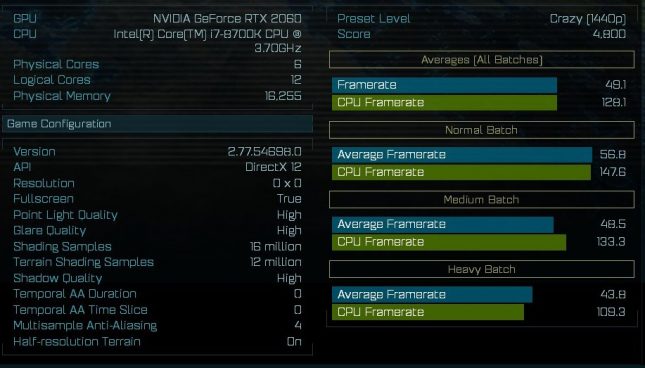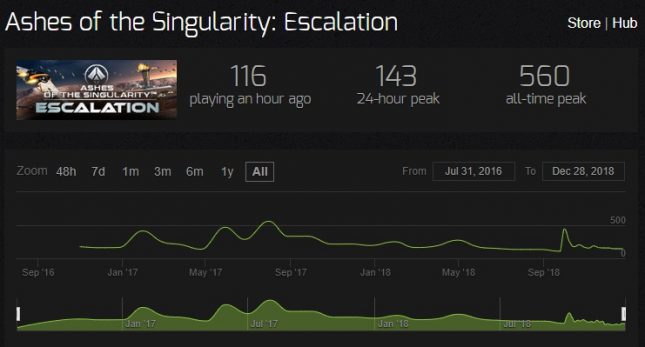NVIDIA GeForce RTX 2060 FE Pictures & Benchmarks Surface
Several images of the NVIDIA GeForce RTX 2060 Founders Edition have surfaced online. The images of the RTX 2060 FE shows a dual-slot card that is styled similarly to the GeForce RTX 2070 FE. NVIDIA appears to be sticking with two axial fans for this model and it features one 8-pin PCIE power connector at the end of the card.
When it comes to connectivity, the RTX 2060 has 2 HDMI, and one each for DisplayPort, DVI, and USB-C ports. The GeForce RTX 2060 is rumored to be built using NVIDIA TU106-300 ‘Turing’ GPU and will have 1920 CUDA cores and up to 6GB of GDDR6 memory. The rumor mill is also now saying that the RTX 2060 features 30 RT cores, 240 Tensor Core, 120 TMUs and 48 ROPs. That doesn’t sound bad for a card that is expected to be around $349 when it launches sometime next year (Video Cardz says it will launch January 7th with store availability on January 15th). We just don’t know if that $349 price tag is for the FE model or the custom boards.
Performance numbers have also started to leak for the GeForce RTX 2060 with one Twitter user (@TUM_APISAK) showing a screen capture from Ashes of the Singularity of the RTX 2060 getting 49 FPS at 1440P with crazy settings. Ashes is one of our least favorite tools to benchmark graphics cards, so we’ll just leave it at that.
Okay, we lied… No one plays Ashes of the Singularity: Escalation. The average number of active players running Ashes on Steam is just 70.3 in the past month and the number of users always usually spikes around CPU and GPU launches. When you think about all the review sites and companies (AMD, NVIDIA, Intel, ASUS, Gigabyte, EVGA, MSI…) that are likely running Ashes in their lab it really makes us wonder what the player count would be. And why so many review sites use this benchmark. That doesn’t mean it’s a crap benchmark, but who is making purchasing decisions from these benchmark results when clearly it’s not being played by many. Game titles like PUBG and Fortnite need to make a simple benchmark utility as that would directly relate to millions of gamers.

